
Sharp Nights: Avoiding Blurs in Your Evening Smartphone Photos
Chosen theme: Avoiding Blurs: Evening Photos on Your Smartphone. Welcome to a friendly, practical guide that turns dim city lights into crisp memories. Learn simple, reliable habits that keep your night shots sharp, and join our community by sharing your best evening images and subscribing for weekly tips.
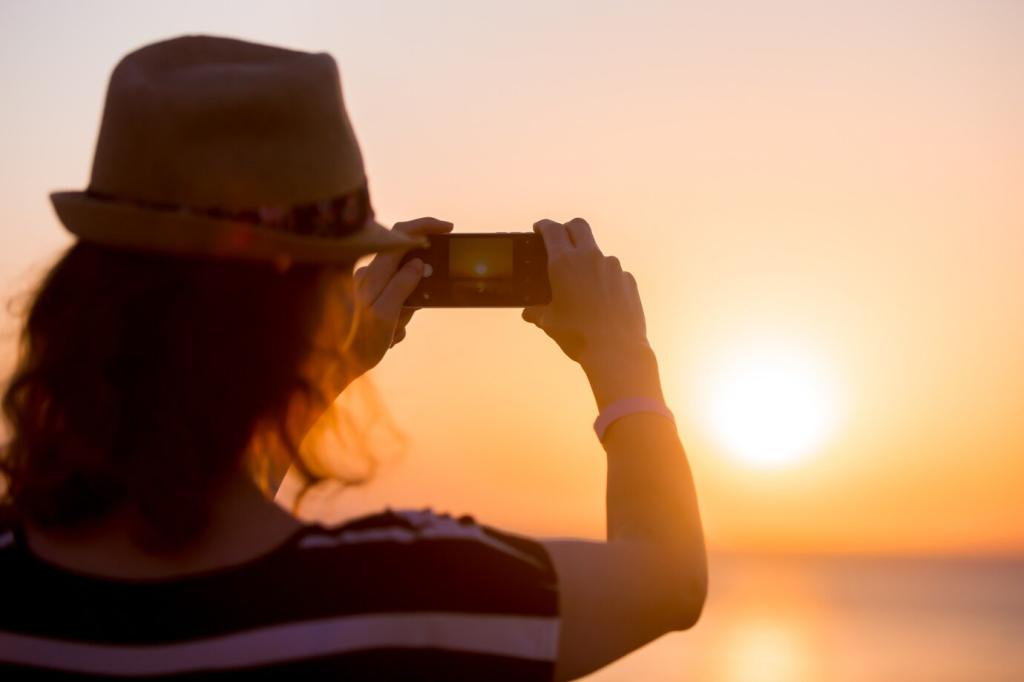
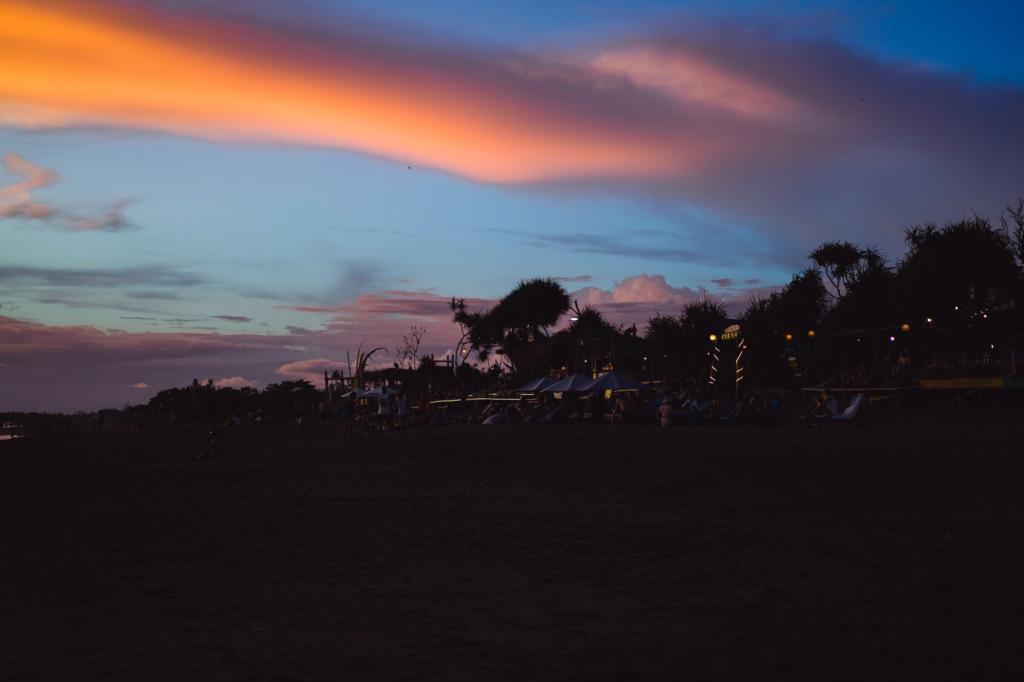
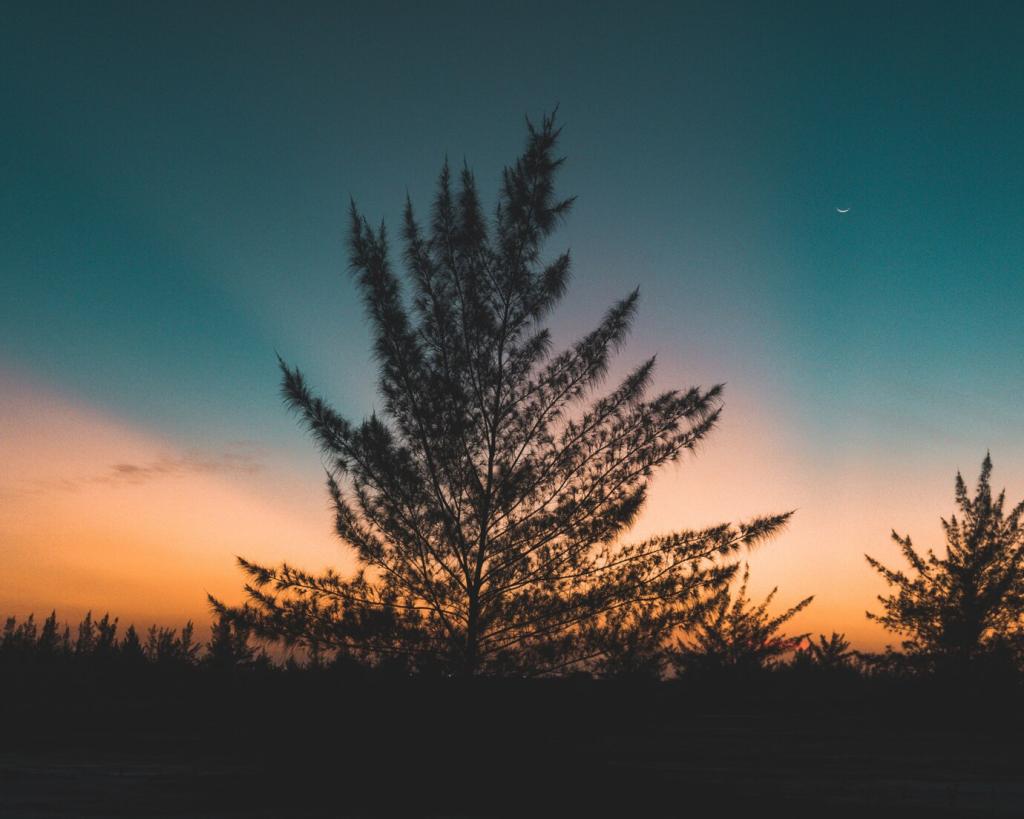
Rock-Solid Stability: Your First Anti-Blur Superpower
The tripod you always carry: your body
Tuck elbows into your ribs, spread feet shoulder-width, and gently exhale as you tap the shutter. If possible, lean against a wall or lamp post to cut micro-movements further.
Two-hand grip and soft touch
Grip the phone with both hands, cradle the edge with fingers, and press the shutter gently. Consider the volume button as a shutter, or set a short timer to avoid jabbing the screen.
Use supports in the real world
Rest your phone on a table, rail, backpack, or street bench to create impromptu stability. Angle with a wallet or keys, and fire a two-second timer for tack-sharp night scenes.
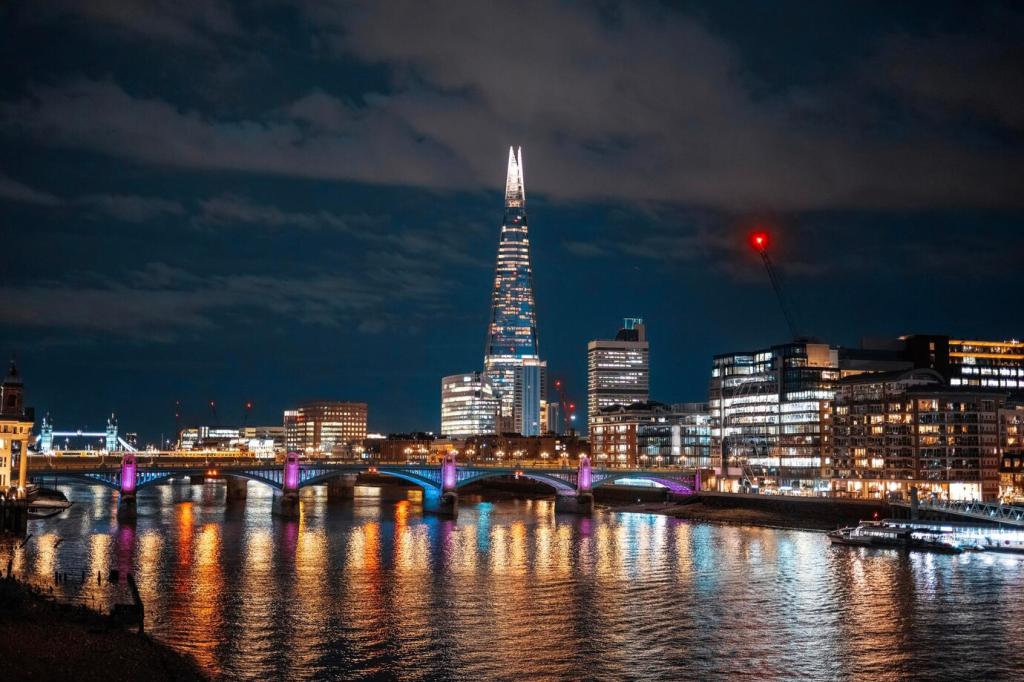
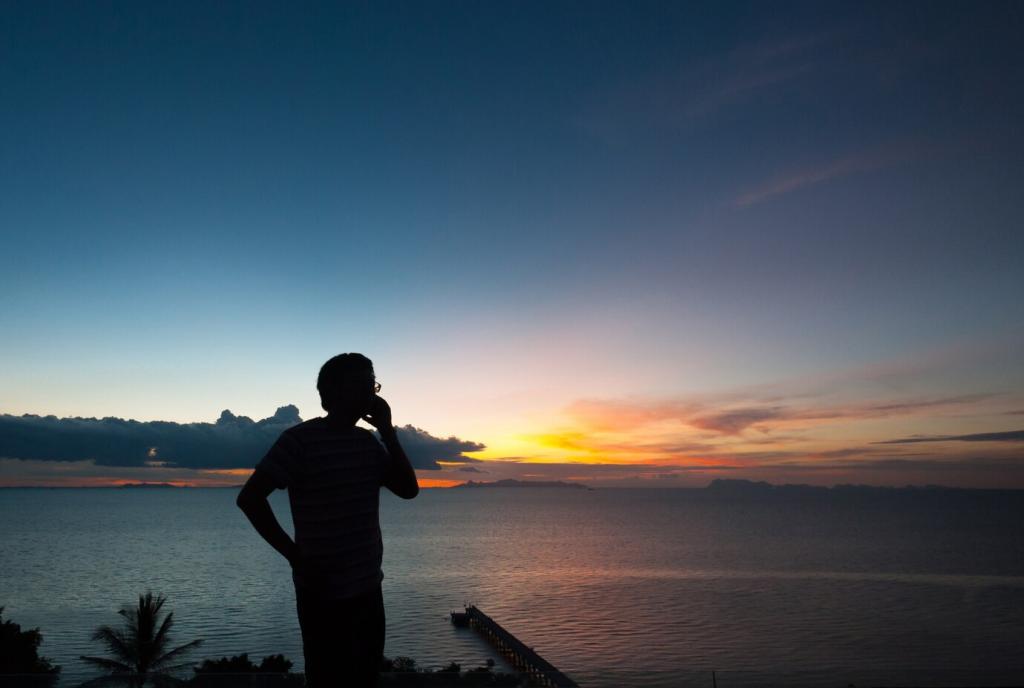

Make Night and Multi-Frame Modes Work for You
Night modes often capture several frames over a second or more. Keep still until the processing finishes; moving early can smear details that the software is trying to align and sharpen.
Make Night and Multi-Frame Modes Work for You
Night modes excel with relatively static subjects like architecture, street scenes, and portraits with minimal motion. For fast action, switch to well-lit areas or add light to shorten exposure.
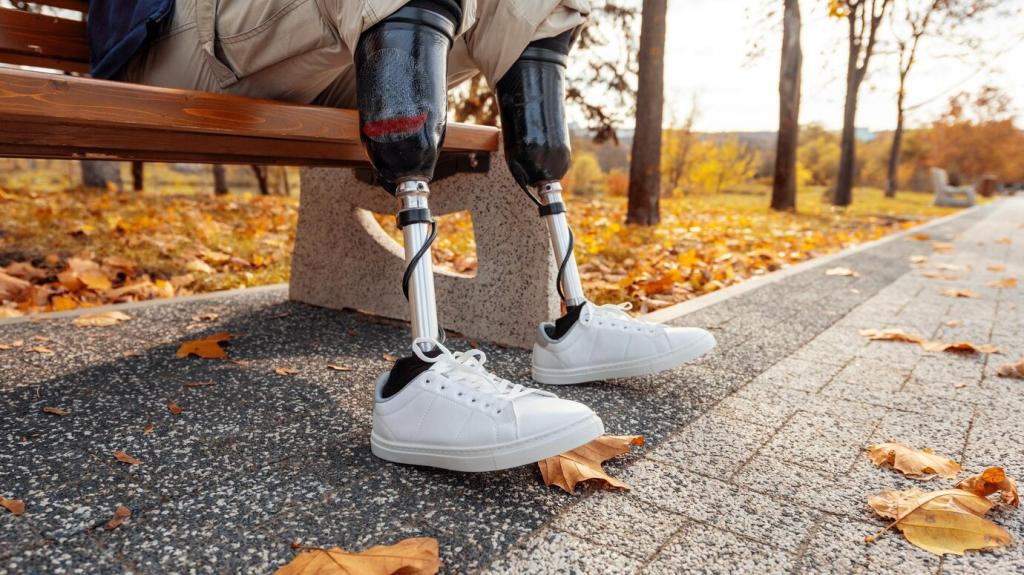
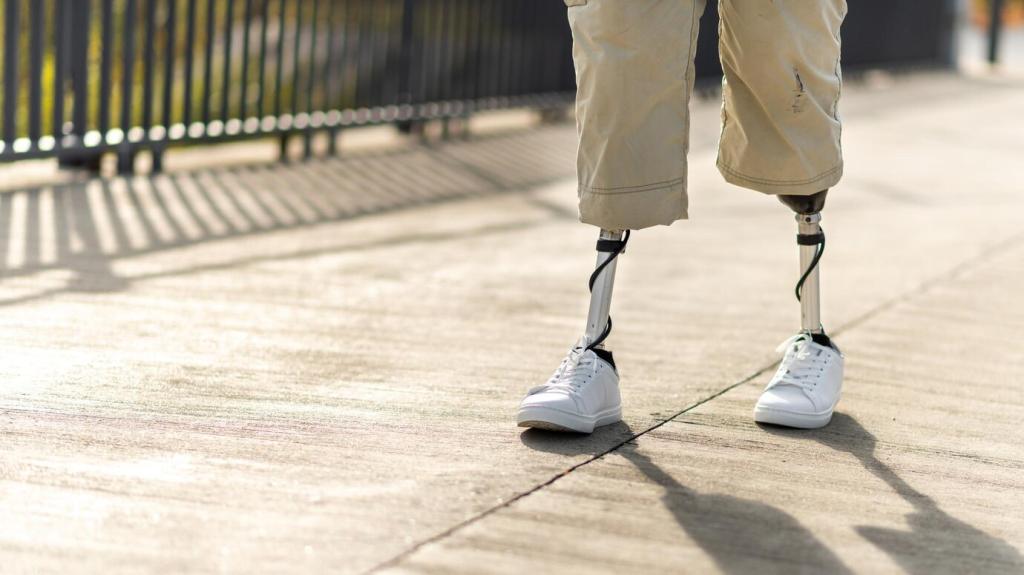
Step into brighter pockets
Move your subject under shop awnings, near storefront windows, or closer to street lamps. A single step toward brighter light can halve your shutter time and transform softness into sharpness.
Use directional light creatively
Angle faces toward light sources for catchlights and detail. Side light sculpts texture, while front light freezes movement. Test a few angles and pick the sharpest with the most flattering shape.
Control mixed lighting
Neon and tungsten can confuse auto settings and reduce clarity. Meter for the subject, slightly underexpose, and embrace a consistent color cast. Ask questions in the comments and share your lighting wins.
Focus, Distance, and Managing Movement
Very close subjects are difficult in low light. Step back slightly to help autofocus lock, then crop later. This improves edge definition and reduces the chance of focus slipping mid-shot.
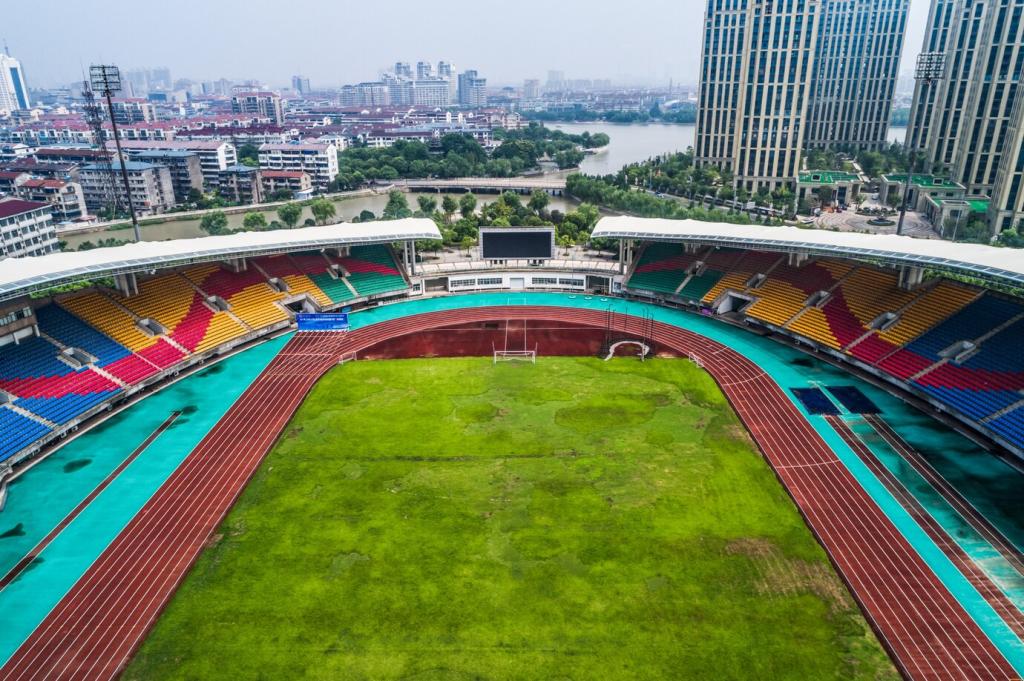
Accessories and Clever Workarounds
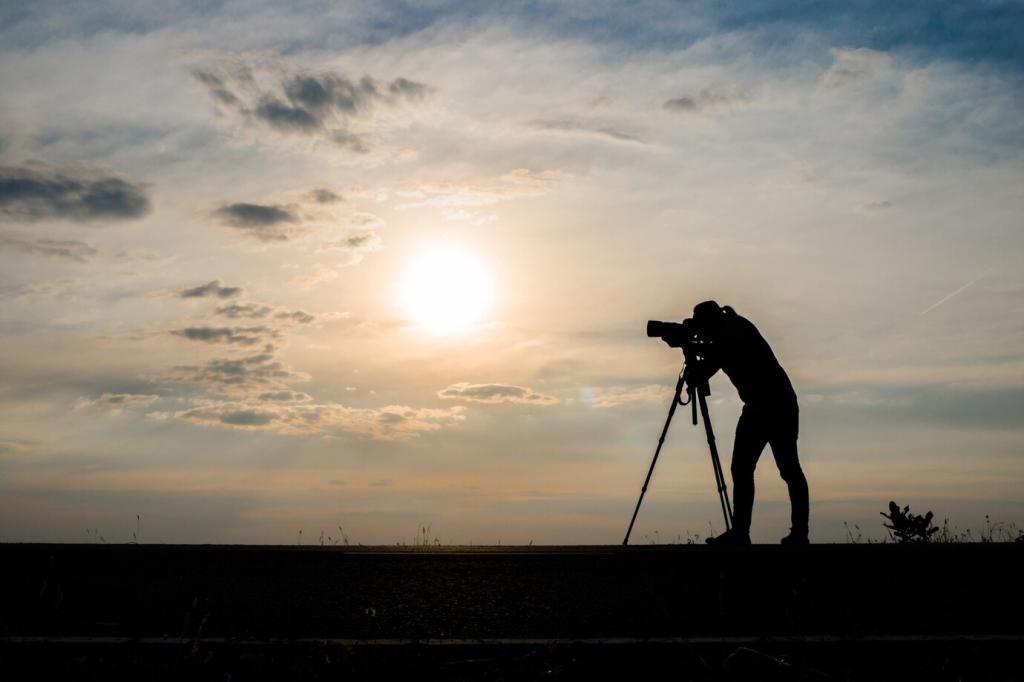
Mini tripod and clamp
A pocket tripod with a phone clamp stabilizes long exposures for cityscapes and portraits. Combine with a timer to eliminate touch shake and capture sharp, luminous night scenes with ease.
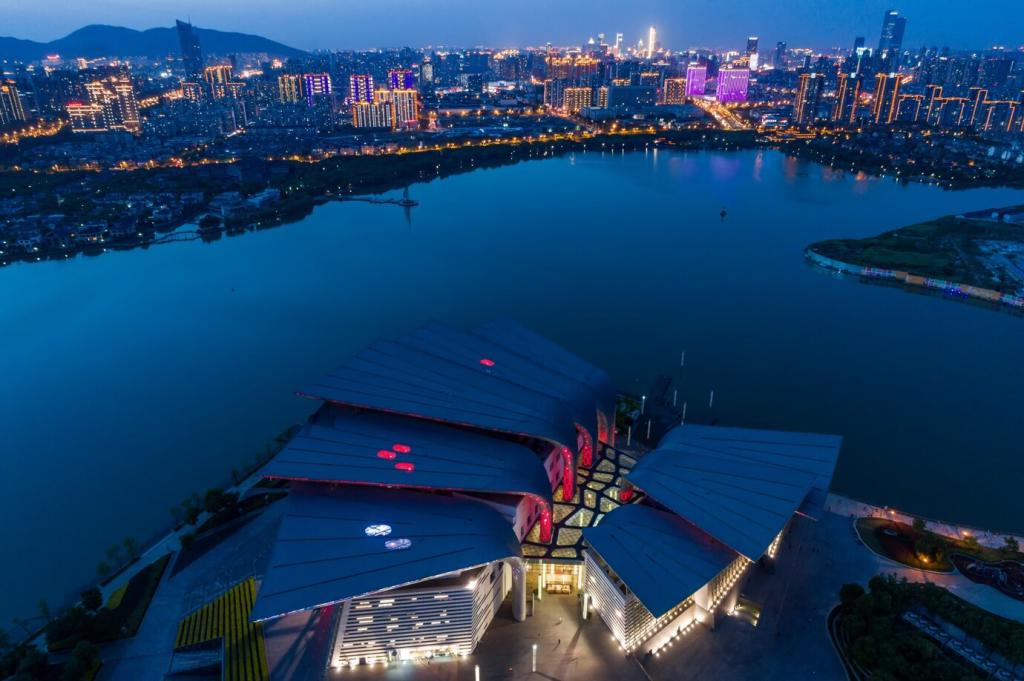
Remote shutter or earbuds control
A Bluetooth remote or earbud volume button can trigger the shutter without touching the phone. This small change often delivers visibly sharper results in challenging evening light.
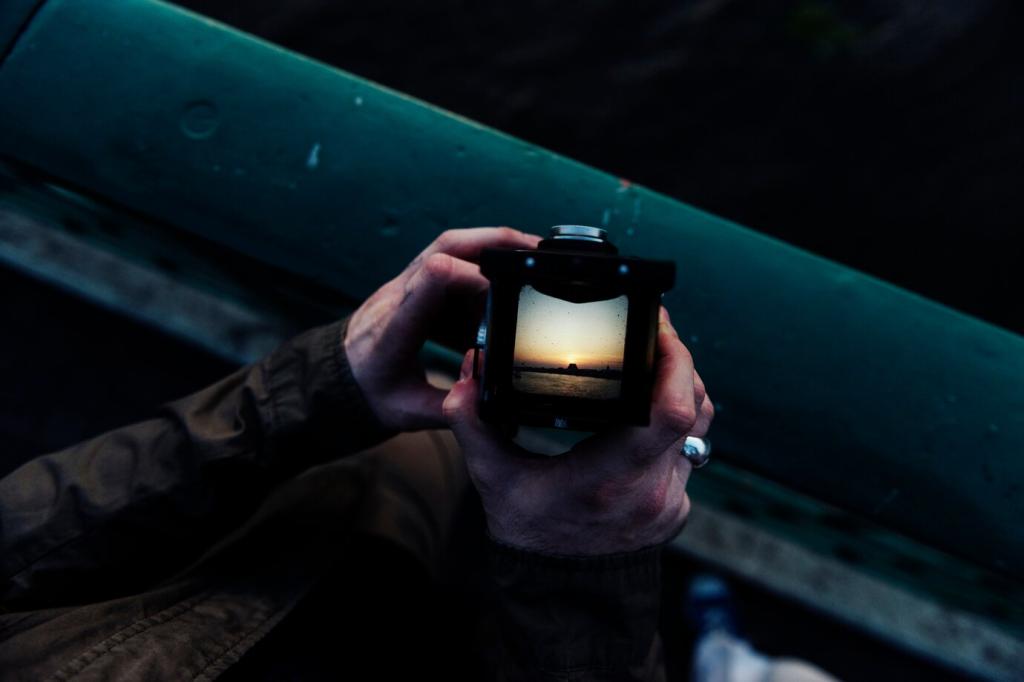
Clean lens, big difference
Smudges scatter light and hide detail, especially under street lamps. Wipe the lens gently before shooting. Share your before and after shots with our readers and subscribe for weekly field tips.
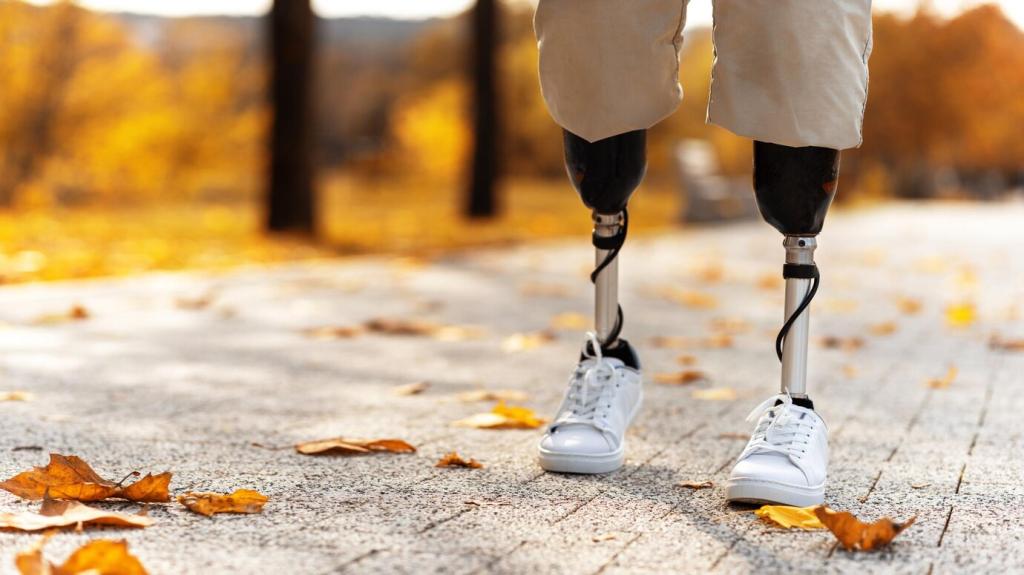
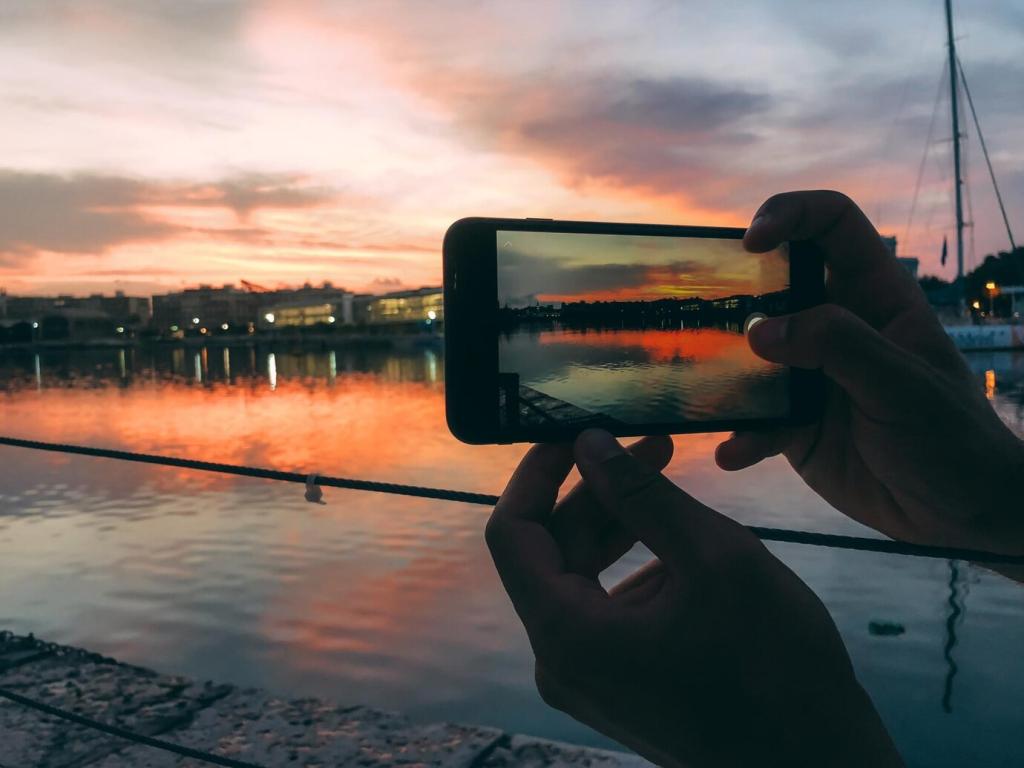
Finishing Touches: Editing Without Over-Sharpening
Apply sharpening selectively to edges and textures, not faces and skies. Too much global sharpening amplifies noise and halos. Keep it subtle and let your stable capture do the heavy lifting.
Finishing Touches: Editing Without Over-Sharpening
Reduce noise carefully to preserve detail. Start light, then zoom to check textures like hair, fabric, and signage. Balance smoothness with authenticity for clean, crisp evening photos.
